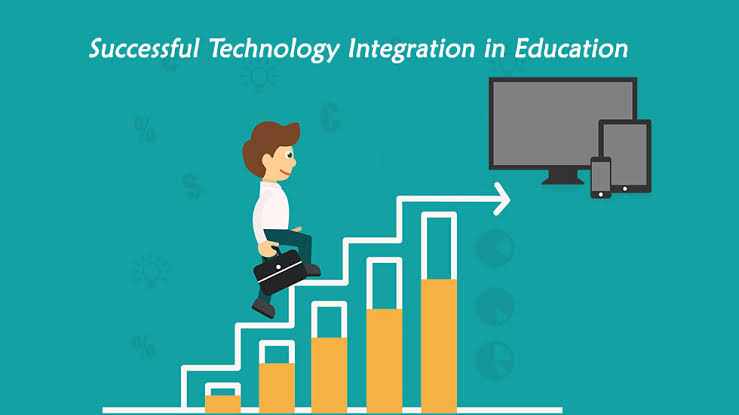Effective Technological integration in Schools refers to the use of technology resources in daily classroom practices and school management, such as computers, mobile devices such as smartphones and tablets, digital cameras, social media platforms and networks, software programs, and the Internet. When the usage of technology is routine and visible, it results in successful technology integration.
Supporting academic objectives and assisting students in achieving their objectives
When effective technology integration in schools is done well, a child or a teacher doesn’t even realize he or she is utilizing a technological tool; it is second nature to them.
“Students can select technological tools to assist them to collect information promptly, analyze and synthesize the material, and deliver it professionally when they can integrate technology effectively. Technology should be as accessible as all other teaching resources and become an intrinsic part of how the classroom operates.” — International Society for Technology in Education’s National Educational Technology Standards for Students.
The use of technology to enhance a student’s learning experience is referred to as “integration of technology in education.” Learners who are actively engaged with learning objectives are created when different types of technology, including a virtual classroom, are used in the classroom.
Using social media to appeal to students’ interests, as well as mobile devices and interactive instructional tools like student response systems and digital whiteboards, are all examples of integrated technology. Other popular ways to incorporate technology into the classroom include video assignments and web-based research.
Integration of modeling technology:
There are two formal models for technology integration: SAMR and TPACK.
SAMR (substitution, augmentation, modification, and redefinition) is a technology integration concept that aims to help us rethink how we utilize technology.
TPACK (technological pedagogical content knowledge) is an educational concept that aims to present a comprehensive body of information that all educators will need to integrate digital learning technology into their classrooms.
Sparse: Technology is used infrequently or not at all, and students have limited or no access to it.
Basic: Occasional usage of technology, primarily in labs rather than classrooms, with minimal student comfort and only minimal technology use.
Regular technological integration in learning and teaching, with most students feeling secure in their understanding and application of the tools.
Seamless: Consistent use of technology, a wide range of methods and tools, and a thorough understanding of both the technology and how it is used in education.
When it comes to technology and education, we should ask ourselves three questions: Why do we want to do this, how will I do it, and what tool will I use to assist me to achieve it? Inspired students are lifelong learners in the classroom. For further information about the effective technology, refer:https://gegok12.com/


Trackbacks/Pingbacks